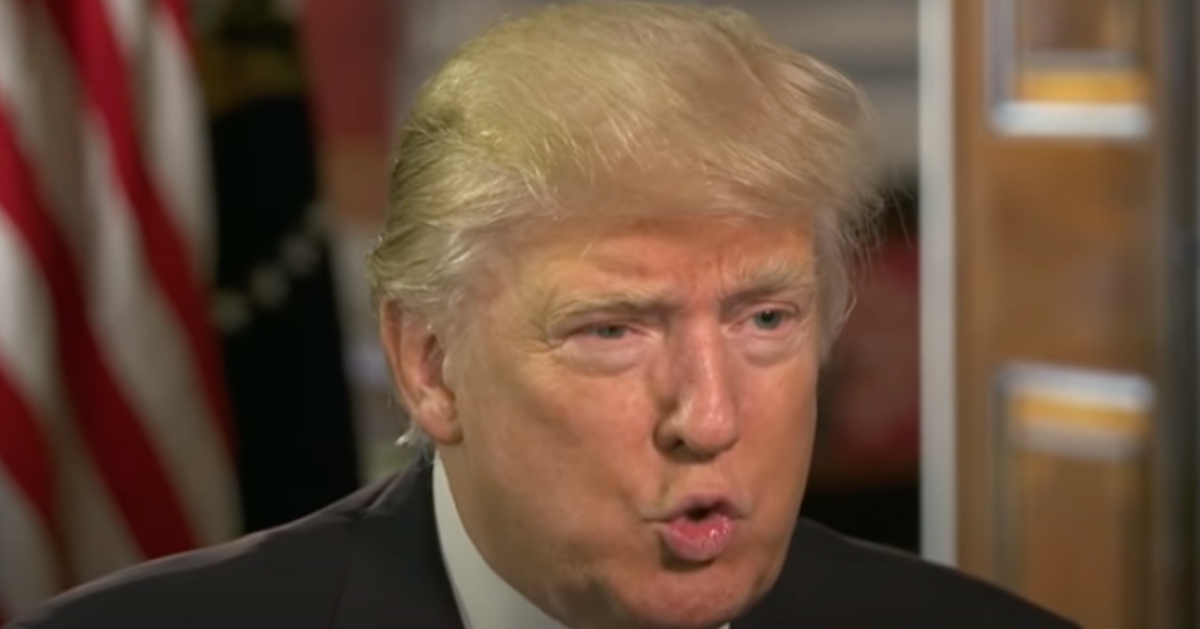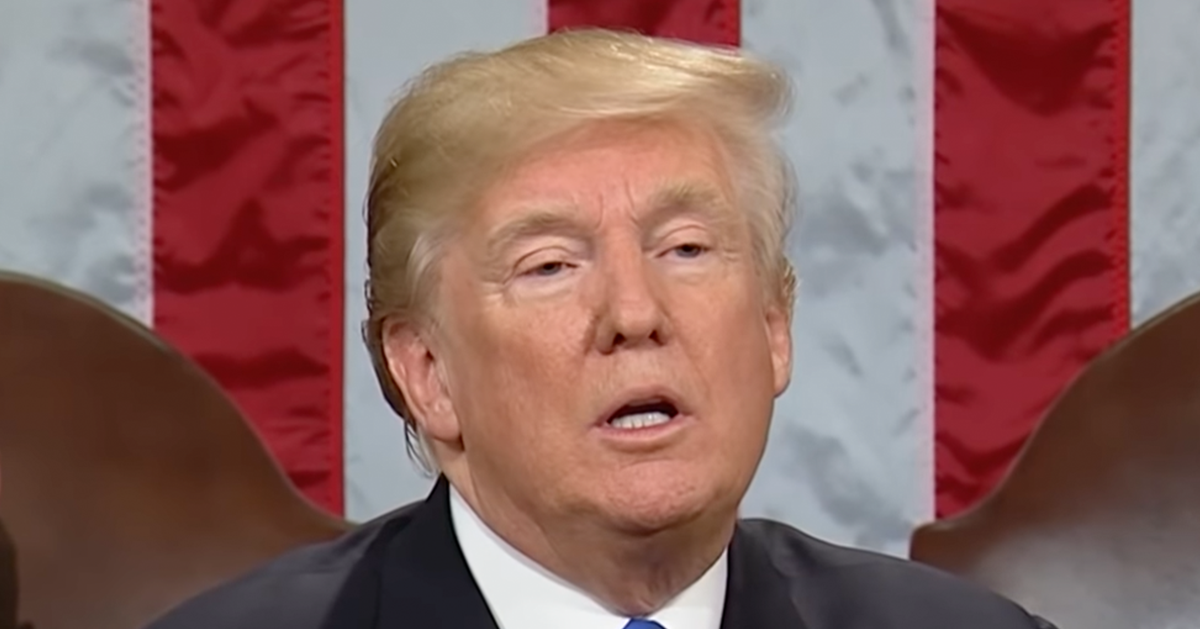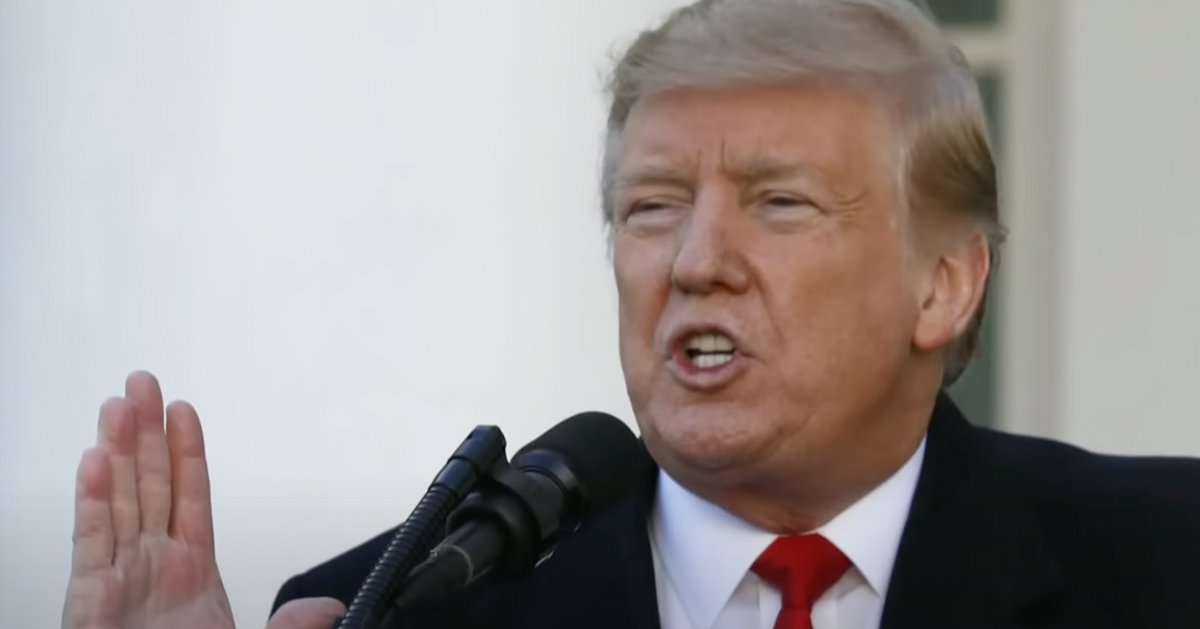Historic Oval Office desk temporarily removed for refurbishment
In an unexpected move that drew widespread attention, President Donald Trump removed the Resolute Desk from the Oval Office for refinishing, temporarily replacing it with the C&O desk.
The change in desk followed an incident where Elon Musk's son, X Æ A-12, left a "gift" on the prized piece of presidential furniture, as the Daily Mail reports.
The esteemed Resolute Desk, a historical piece known for its rich backstory, was placed into temporary stasis for a light refinishing. The desk, a remarkable artifact given to the United States by Queen Victoria in 1880, holds deep sentimental and historical value.
Incident Involving Musk's Son Leads to Removal
The decision to remove the desk came shortly after an unexpected incident involving Elon Musk’s son, X. The young internet sensation inadvertently left a "gift" plucked from his nose on the desk during an Oval Office gathering. This rare occurrence prompted Trump to act swiftly.
Trump's administration has reassured that the refinishing is a necessary process for the integrity of this historic piece. The goal is to ensure that it retains its splendor and significance for years to come.
Replaced by the C&O desk, a piece with its own storied past, the transition attracted public interest. This desk was first made in 1920 for the Chesapeake & Ohio Railway owners, and it was later chosen by President George H.W. Bush for use during his time as vice president and president.
Symbolic Importance of Oval Office Desks
The Resolute Desk is perhaps one of the most famous desks in American political history. Crafted from the timbers of HMS Resolute, the desk has undergone modifications twice to suit its evolving roles. Over the decades, it has been a fixture in the presidential office, used by eight presidents.
President Trump, commenting on the versatility of desk selection, noted, "A President, after the election, gets a choice of... desks." His words highlight the diversity of options available to those in America's highest office.
In contrast, the C&O desk, while temporary, is itself a symbol of continuity and historic representation, connecting present leadership with past traditions.
Public Reaction and Office Management
The public's curiosity has centered not just on the incident itself but also on the symbolic implications. Each change in the Oval Office bears weight, as these artifacts resonate with moments of leadership and decision-making.
The Resolute Desk, famous for its portrayal in numerous historical moments, is often associated with Presidents like John F. Kennedy and Barack Obama. Meanwhile, the C&O desk's temporary installation is a gesture to maintain operational aesthetics in the Oval Office.
Several other desks, ranging from the Roosevelt to the Hoover desk, offer additional choices for presidents. Each desk represents a piece of the tapestry of U.S. political heritage, offering its own narrative and sense of legacy.
Light Treatment to Benefit Posterity
In managing the refinishing of the Resolute Desk, the Trump administration emphasizes the importance of subtle restoration. This "very important job," as Trump remarked, ensures that future presidents can also enjoy its splendor.
As temporary as such changes may seem, they provide unique opportunities for engagement with history. The narratives these pieces hold continue to unfold with each administration, adding layers to the Oval Office’s revered status.
The transition from the Resolute to the C&O also renews focus on the historical significance of other pieces within the White House, inviting both leaders and the public to reflect on the importance of historical preservation.
The Bottom Line
President Trump's actions, while spurred by an unusual prompt, align with his approach to leadership that seeks to balance tradition with personal choice. In declaring the C&O as "a beautiful, but temporary replacement," he acknowledges the desk's standing while anticipating the Resolute's return.
This decision, echoing through both political and cultural conversations, underscores the multifaceted nature of managing the nation's key symbols. Such objects, though silent, speak volumes about the eras they encounter and the leaders they serve.
Ultimately, the story bridges both the ordinary and the extraordinary moments that define presidential history. While the Resolute Desk's future shines ahead, it remains a testimony to the rich tapestry of American legacy and leadership.





